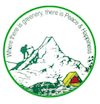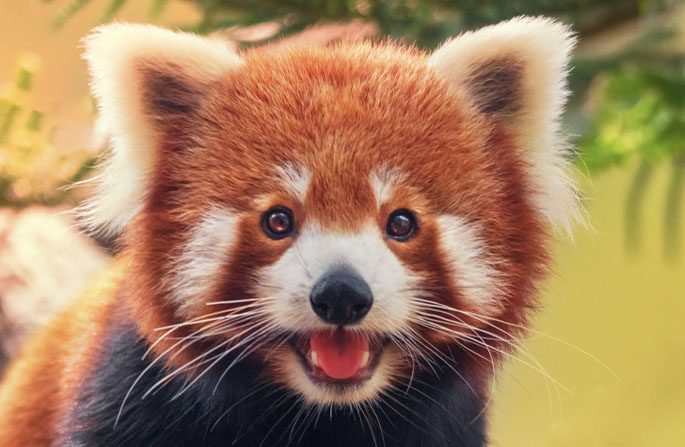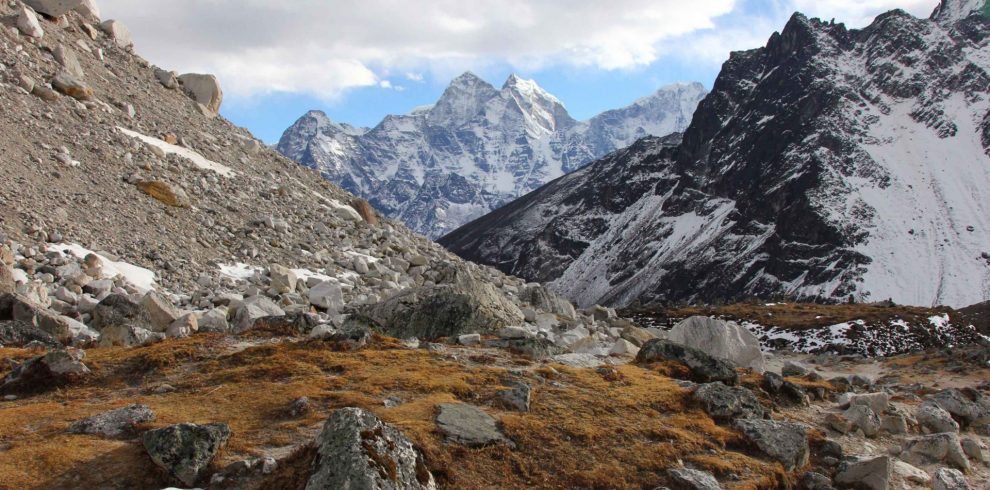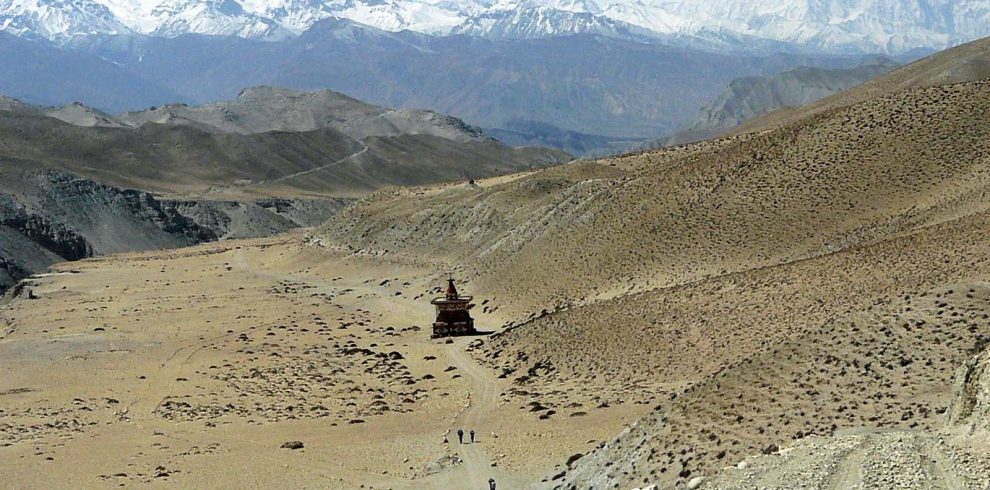Overview
The Langtang Himal is a region north part of Kathmandu vally and it lies just south of Tibetan border. The langtang valley is surrounded by high peaks of great appeal. It has become famous ever since the British mountaineer Bill Tilman described it as the most beautiful valley in the world. The highest peak in this area is Shisapangma or Gosaithan 8027m in Tibet. The course from the Langtang valley to Gosaikund is full of diversity and it is attracting many tourists. The langtang valley is also known as the treasure house of Alpine plants. The whole valley is cover with flowers during the summer.
This high and isolated region is inhabited by Tamangs whose religious practices, language and dress are much more similar to Tibetan.
Langtang National Park indeed plays a crucial role in red panda conservation, as well as in preserving the habitat of various other endangered species. With its diverse ecosystem and rich biodiversity, it stands as a testament to the importance of conservation efforts in the Himalayan region. The presence of elusive species like the red panda and snow leopard highlights the park’s significance in maintaining a healthy environment for these vulnerable animals.
Gosaikunda is one of the hindu holy place and is considerd to be made by Lord Shiva. The Buddhist Tamang that live nearby also revere it as their holy place. Every August on full moon night, lake is thronged with pilgrims for a big festival. On other days the lake sits in a tranquil atmosphere.
Helambhu is the most easily accessible of all areas from Kathmandu. It lies about 70k.m north of Kathmandu valley, is an area inhabited by sherpas. The language, culture and dress of the Helambu sherpas are very different from those of Solu khumbu sherpas.
Embarking on a Red Panda Tracking Trek in Langtang National Park allows visitors to immerse themselves in the natural beauty of the Himalayas while supporting conservation initiatives aimed at protecting endangered species like the red panda and snow leopard. It’s an adventure that combines eco-tourism with wildlife conservation, offering a memorable experience while contributing to the preservation of Nepal’s natural heritage.
The forests of Helambhu region and Langtang area are prime example of temperate and sub alpine vegetation. The dense oak and pine forests on the trail look fascinating. As usual, the rhododendrons form a spectacular display during the spring.
The people here are of Tibetan origin and call themselves Sherpa although they are quite distinct from the sherpas of Everest region both in language and customs. Also found in large numbers here are the Tamang people who also originated in Tibet but settled in Nepal considerably earlier than Sherpas.
Highlights
- The closest national park to the uncommon red panda can be found from Kathmandu, the country's capital.
- Explore a few sections of the closest trekking destination, the Langtang region of Nepal, which is ranked third in terms of popularity.
- At the Pake View Point (3500 m), take in the breathtaking sunrise views over the expansive mountain ranges as well as bird's-eye views of the hills, valleys, and rivers.
- Discover the abundant flora and fauna of Nepal's oldest Himalayan national park.
- Admire the captivating mountain range that stretches from the Jugal to the Annapurna, Manaslu, Ganesh Himal, and Langtang.
- insights into the way of life of the different ethnic groups that call the area home.





Write a Review
You must be logged in to post a comment.